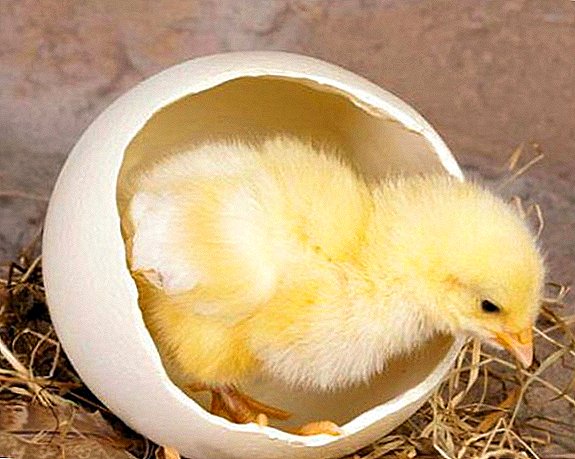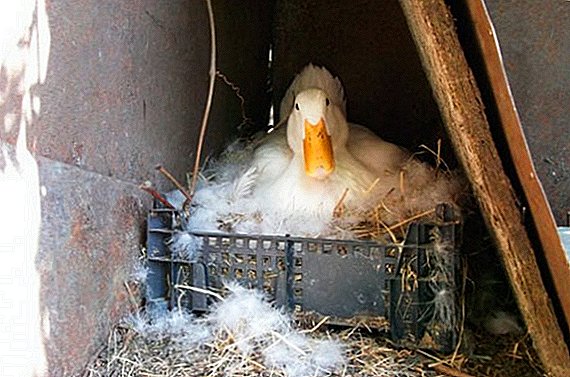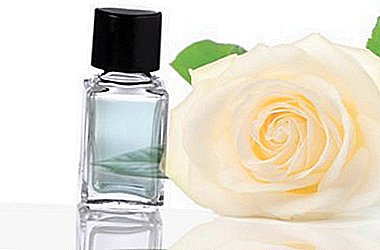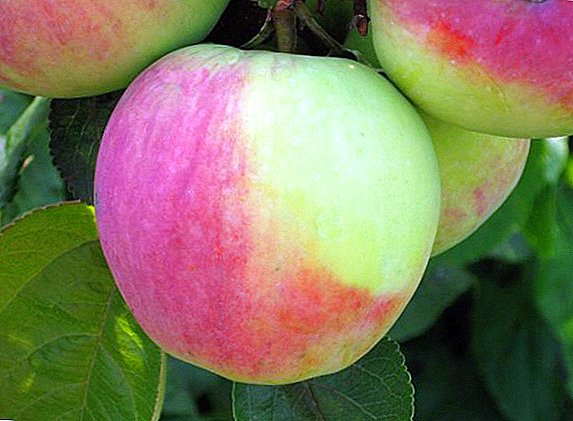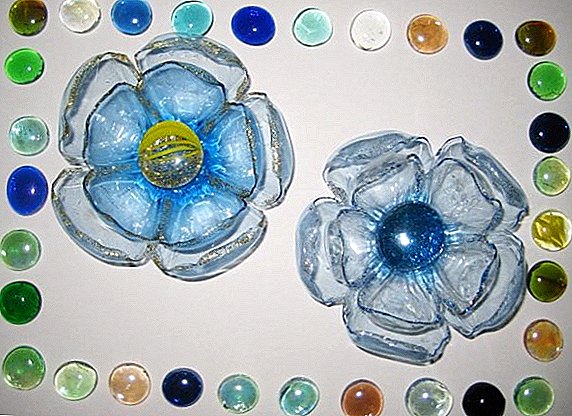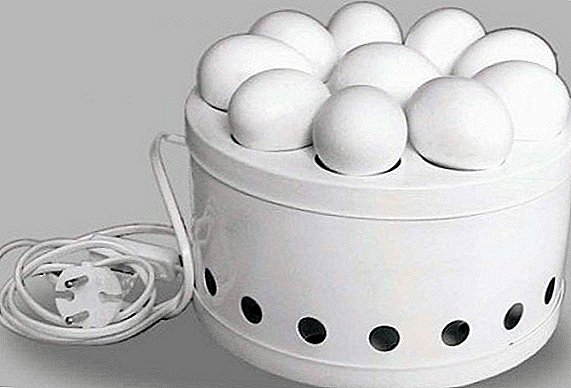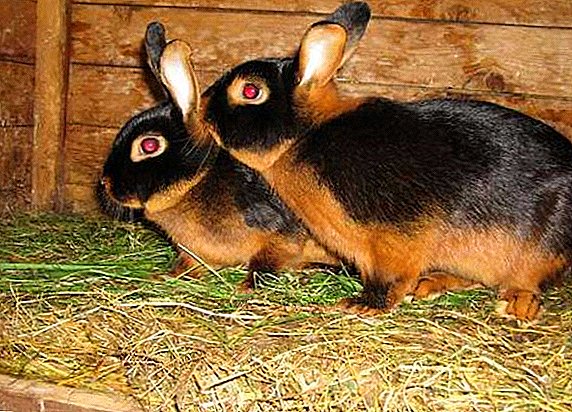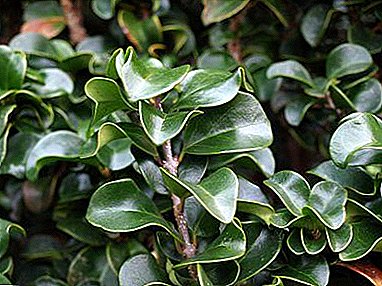
Home Japanese privet is also known to professional growers as Ligustum. This evergreen perennial shrub grows in Japan and South Korea.
In nature, it can reach 4 meters in height. At home, its size is much smaller and more convenient for indoor breeding - from 60 to 150 centimeters.
General description of the variety
Home privet is distinguished by its sophisticated appearance, which many flower growers like. Ligustum looks like a small tree, so relevant for bonsai fans.
Small dark green ovate leaves are collected in a compact dense crown, may have a reddish edge and midrib. Black round fruits appear on the branches of privet in early autumn.
ATTENTION! Berries of any kind of ligustrum, including Japanese, are poisonous!
A photo
See the photo below for a visual assessment of the appearance of Japanese privet:





Home and garden care
Let us consider in more detail all the steps in the care of home turquoise.
Lighting
Japanese League prefers moderate lighting, well tolerated and shadow. For several hours he can feel comfortable under the direct rays of the sun, but he still has to choose a western or eastern window for him.
Temperature
Japanese lecturer frost resistant (maintains up to -12 degrees), therefore suitable for planting in the garden area. Several of these shrubs can be a spectacular hedge, decorate curb or variegated group planting. However, the plant will have to be protected from severe frosts.
Household privet can be taken out on the balcony or in the garden during summer time. As on the street, as well as in the house for her should pick up the coolest place.
INFORMATION! In winter, at home, she feels best at temperatures from +5 to +10 degrees.
Air humidity
 Ligustum japanese loves high humidity: 60% and even higher. Therefore, it would be appropriate to place a container with water next to it.
Ligustum japanese loves high humidity: 60% and even higher. Therefore, it would be appropriate to place a container with water next to it.
Or put a pot with a tree on a tray filled with gravel that you have to constantly moisten. Do not neglect spraying: it will not only moisturize, but also relieve the leaves of dust, prevent the appearance of harmful insects.
Watering
Considering the love of house privet to moisture, it is not surprising that she requires quite frequent and abundant watering. The best option - 2-3 times a week.
It should be noted that while this privet is very endures drying, but still it is better not to bring this up and to keep the ligustum in a uniformly moist soil. Ordinary tap water is quite suitable for irrigation. In the summer it is best to water in the evening and in the winter in the morning.
Bloom
Flowering ligustrum lasts about one and a half months of summer. Its flowers are collected in friable, long and dense paniculate inflorescences of small flowers with a large amount of pollen. Their fragrance may not seem pleasant to everyone. At first, the appearance of the flowers are green, but then change it.
Fertilizers
Plant nutrition is necessary only in the active period of its growth, from April to September. Fertilizer is recommended twice a month. The minimum amount is also possible during the period of rest, in the winter: once a month is enough.
Transfer
 Ligustum very loyal to the soilby taking virtually any of its composition. But every two years, most of the soil in the container is recommended to be changed. Suitable universal soil, designed for flowering plants or designed specifically for bonsai.
Ligustum very loyal to the soilby taking virtually any of its composition. But every two years, most of the soil in the container is recommended to be changed. Suitable universal soil, designed for flowering plants or designed specifically for bonsai.
Primrose feels good on neutral, loose and nutritious soil, optimal acidity which is 5.5-7.5 pH. Good drainage is important; the plant favorably affects the abundance of loam in the ground. A good variant of the soil is a mixture of two parts of sod land and one part of leafy land, peat and sand.
Once every two years can be transplanted privet In this case, a slight cropping of the root system is permissible. The main thing - do not damage the taproot. After cutting for some time, you need to ensure that watering is not excessive: the trimmed roots absorb water worse, because of this unwanted waterlogging may occur.
New land before planting can be disinfected, heating in a microwave or freezing in the freezer. After that, the ground should be stored at room temperature.
Breeding
Ligustrum multiplication is possible as seedsand half-lignified cuttings.
Cuttings 10–14 cm long are cut from last year’s shoots in the fall and planted in a substrate of equal parts of peat and sand. They should be kept under glass until the roots begin to form (about two weeks). In spring, plants can be transplanted into a substrate that is light and nutritious in composition.
Seed propagation is less popular, but also practiced way. Ligustrum berries should be left to rot, then mix them with the ground and leave until next fall. A year after the appearance of the seedlings, they can dive, and two years later they will begin to take the form of trees.
Growing up
 Bush grows pretty quickly and effectively branches. In early spring, weak branches should be removed, and if there is a desire to make the crown more dense, pinch the tips of the young shoots during their active growth.
Bush grows pretty quickly and effectively branches. In early spring, weak branches should be removed, and if there is a desire to make the crown more dense, pinch the tips of the young shoots during their active growth.
With the help of a haircut, you can give the crown any original form. In addition, all the techniques of forming a real bonsai can be applied to the Japanese privet.
Diseases and pests
With proper care, a primer almost not sick. It is also less susceptible to insect pests, especially with regular spraying with water. However, the danger is still the worms, caterpillars, weevils, tinder and aphids.
Insecticides will help: powder - to add to the soil, liquid - in ampoules. It is better to always use different means so that insects do not develop addiction.
ATTENTION! It is necessary to use any preparations against insects very carefully, having carefully studied the instructions and to observe all precautions, as the products can have a harmful effect on a person.
 Also powdery mildew: it may appear due to excessive acidity of the soil. Therefore, you need to monitor this and if necessary make a deoxidizer (for example, ground limestone or other means).
Also powdery mildew: it may appear due to excessive acidity of the soil. Therefore, you need to monitor this and if necessary make a deoxidizer (for example, ground limestone or other means).
Whitefly and sooty mold can appear due to the lack of air movement. They can be eliminated by using a soap spray.
On the whole, the Japanese postulate does not require special care and is rather unpretentious. He will help the novice bonsai fan to practice this art and bring exotic Asian elegance to the interior of the house.


